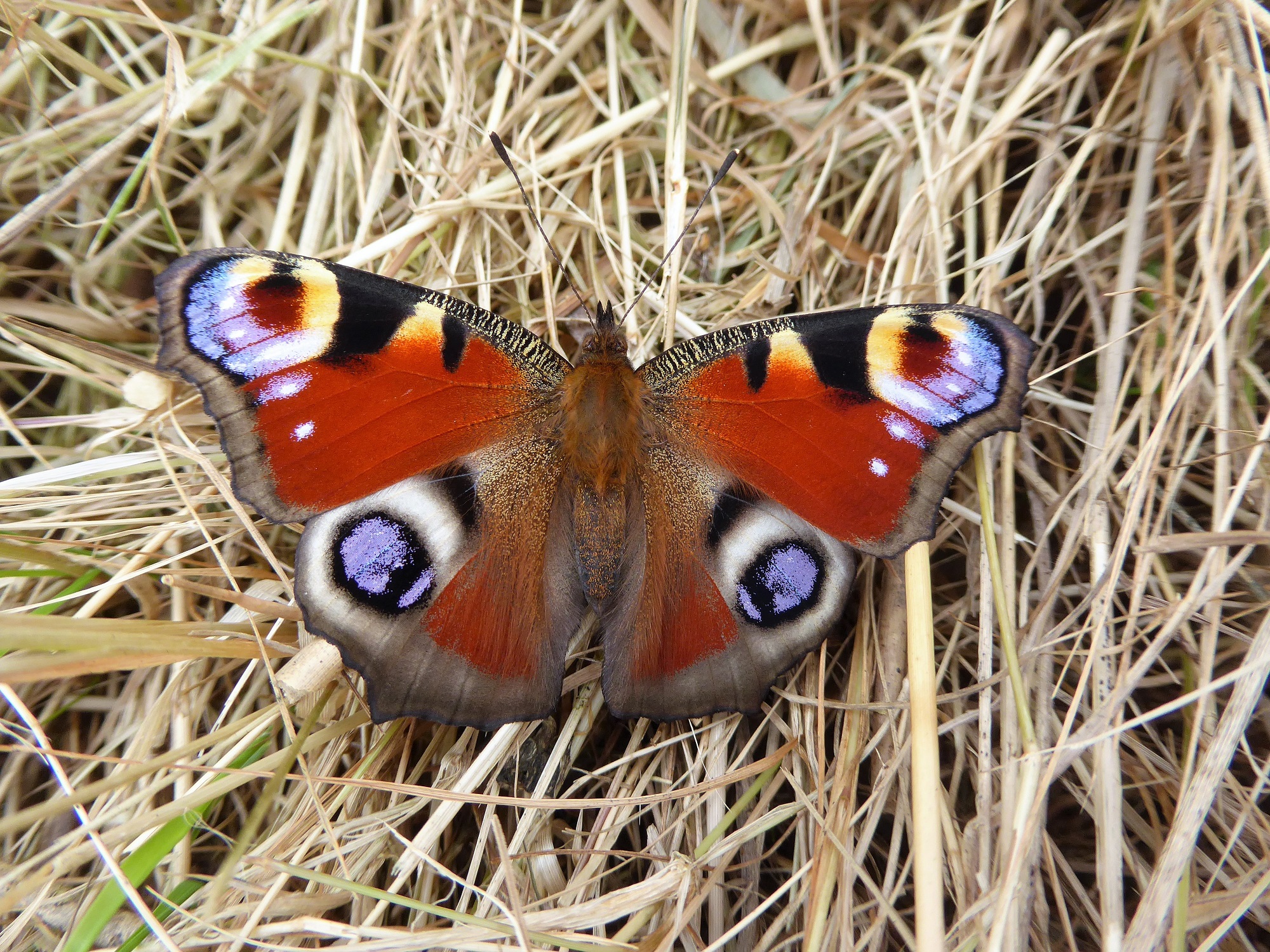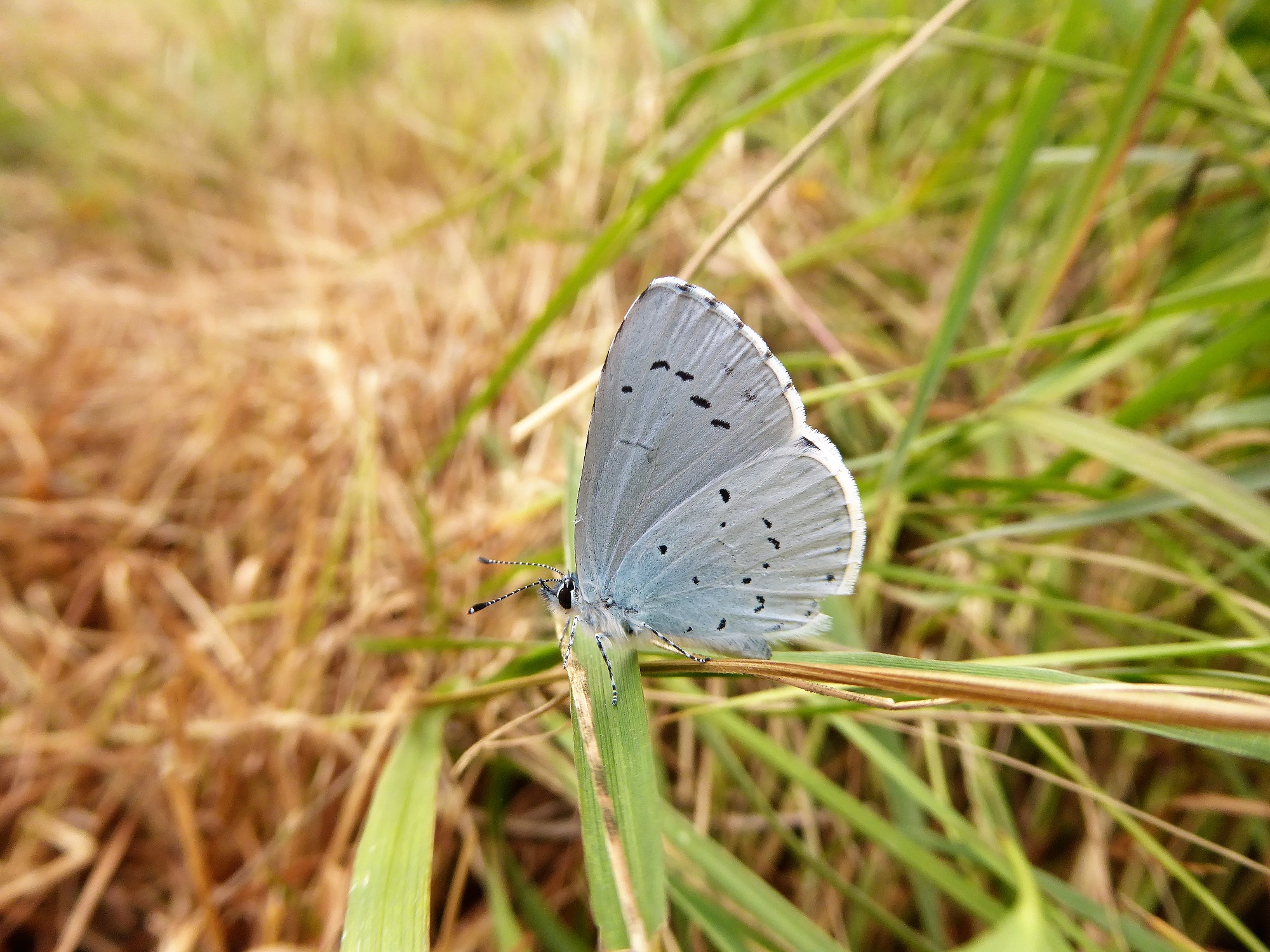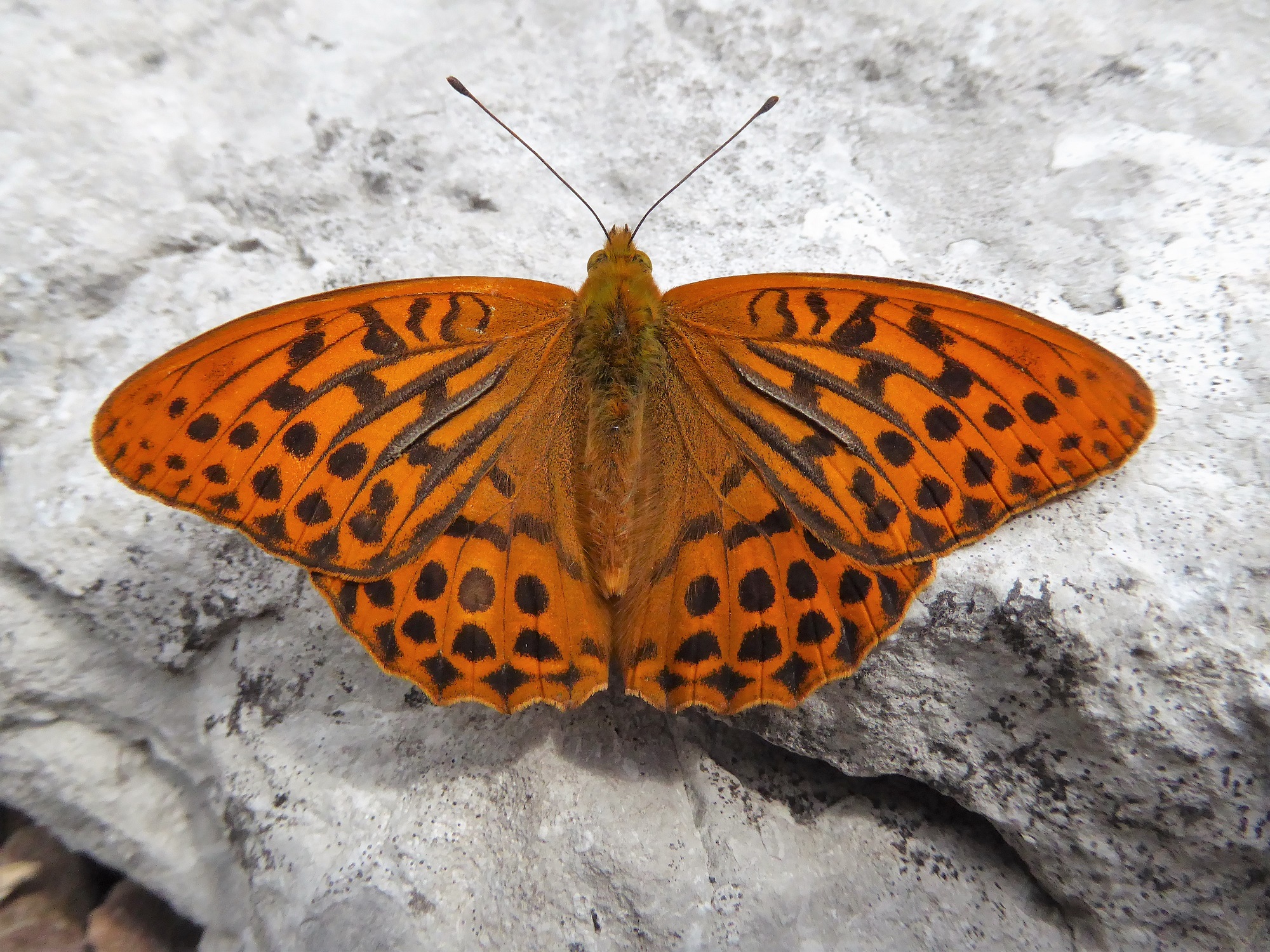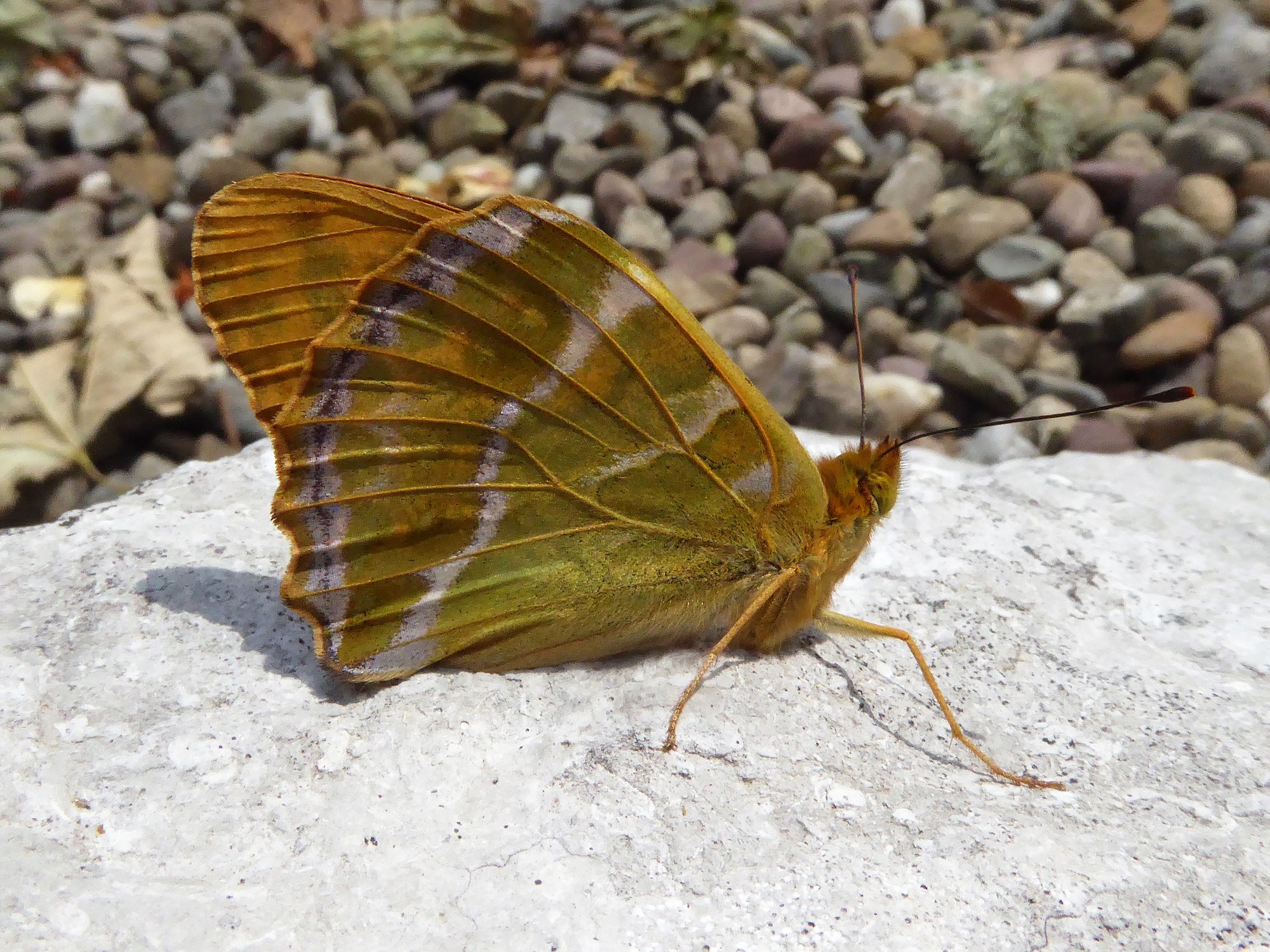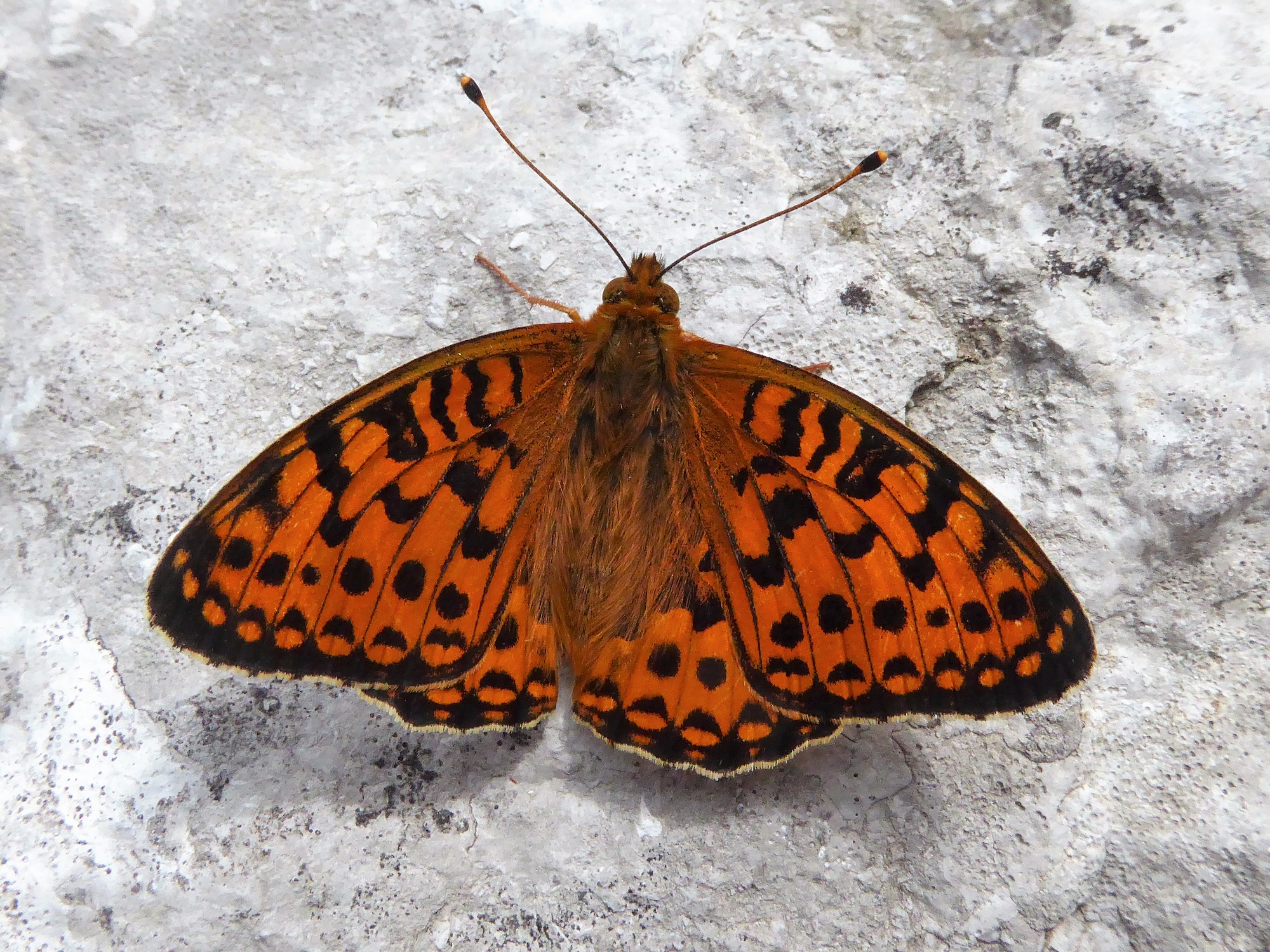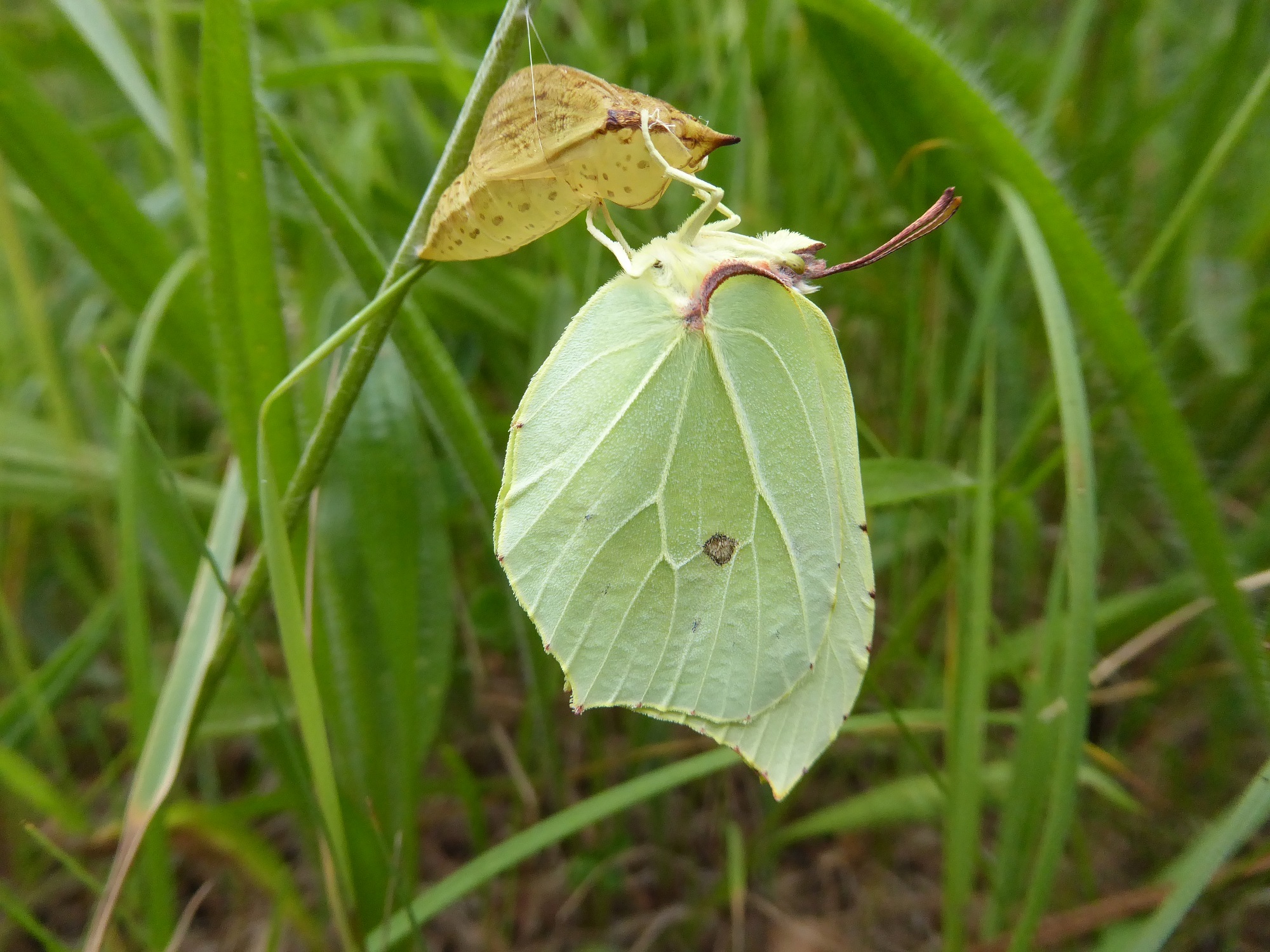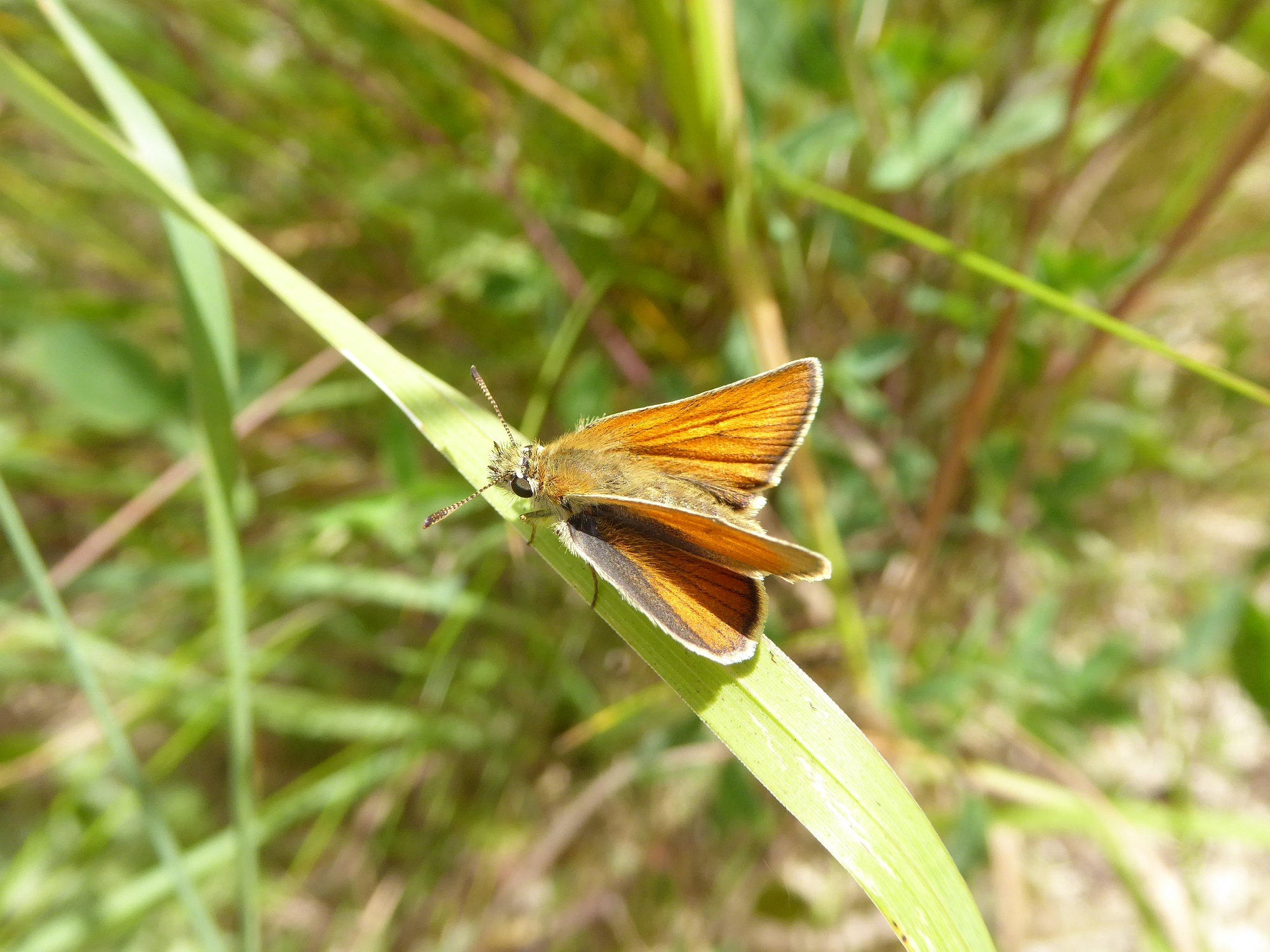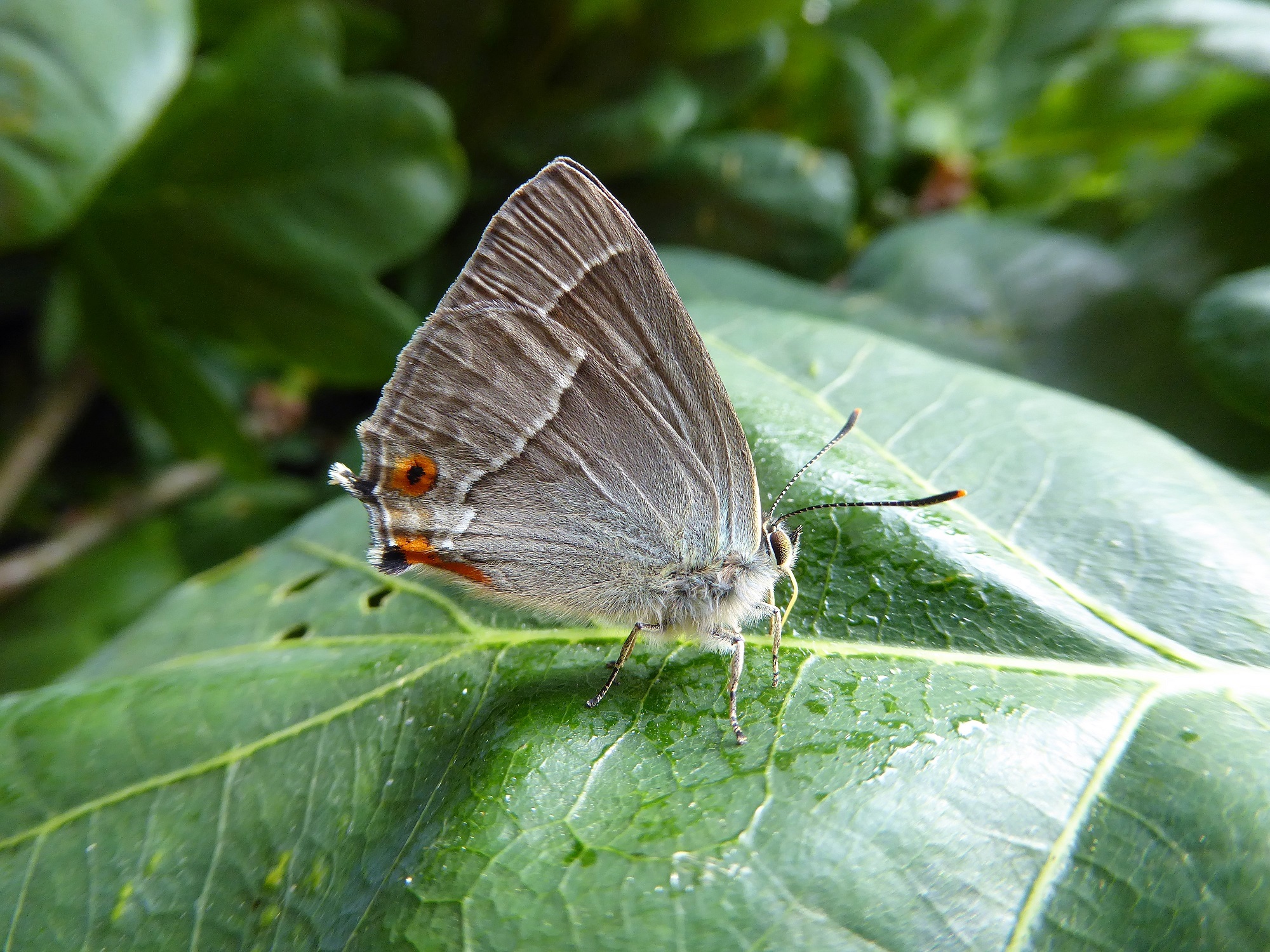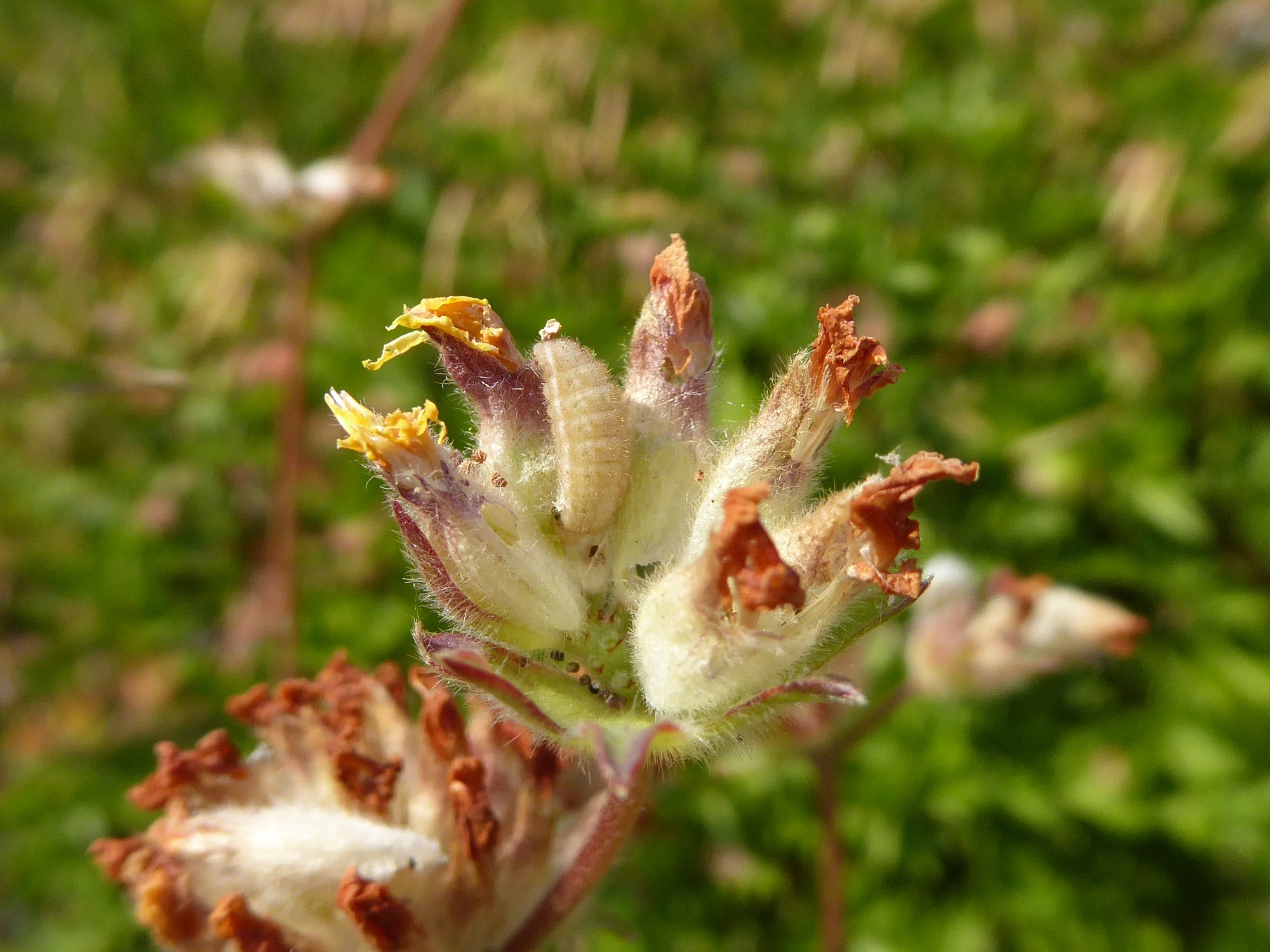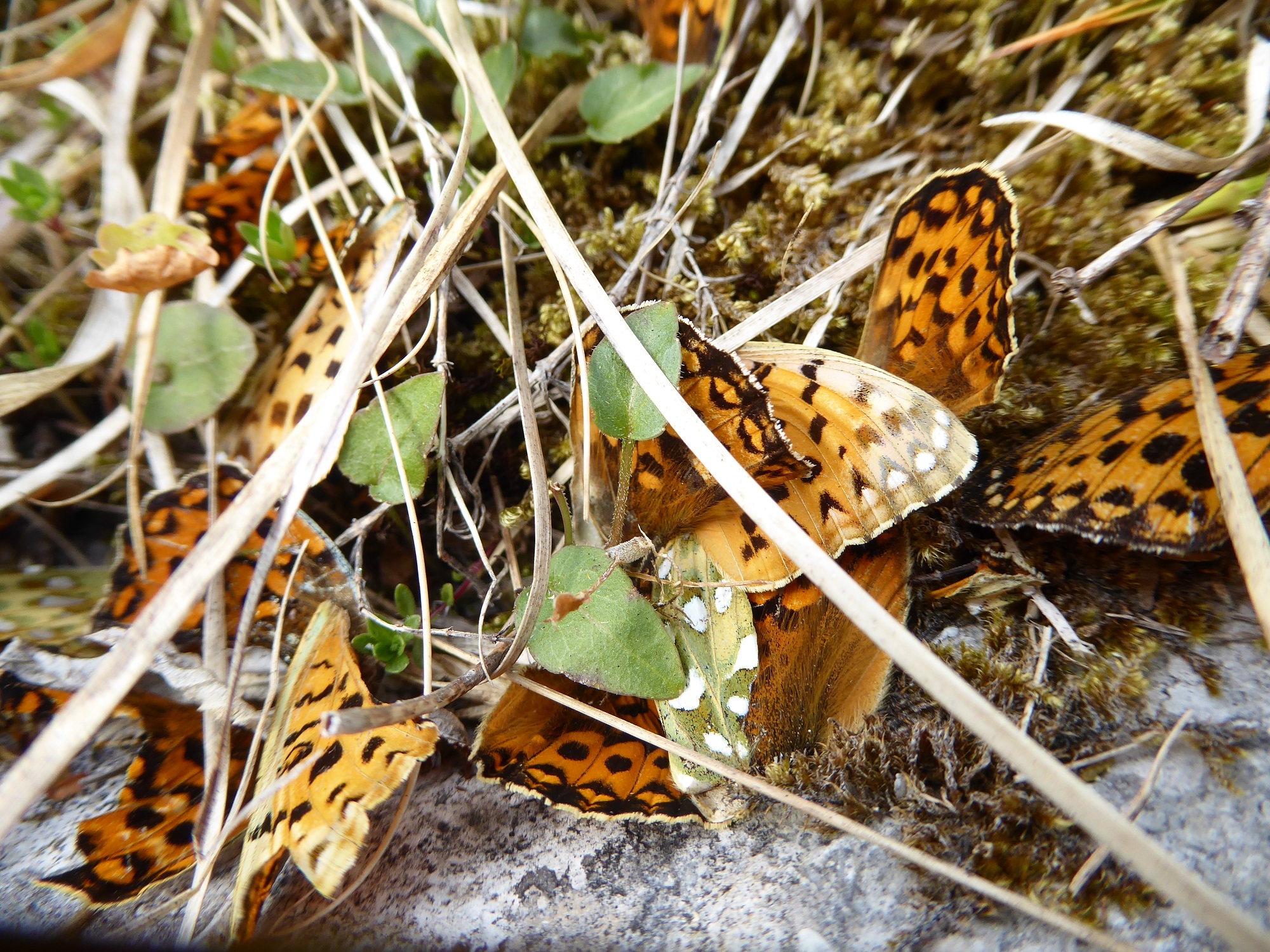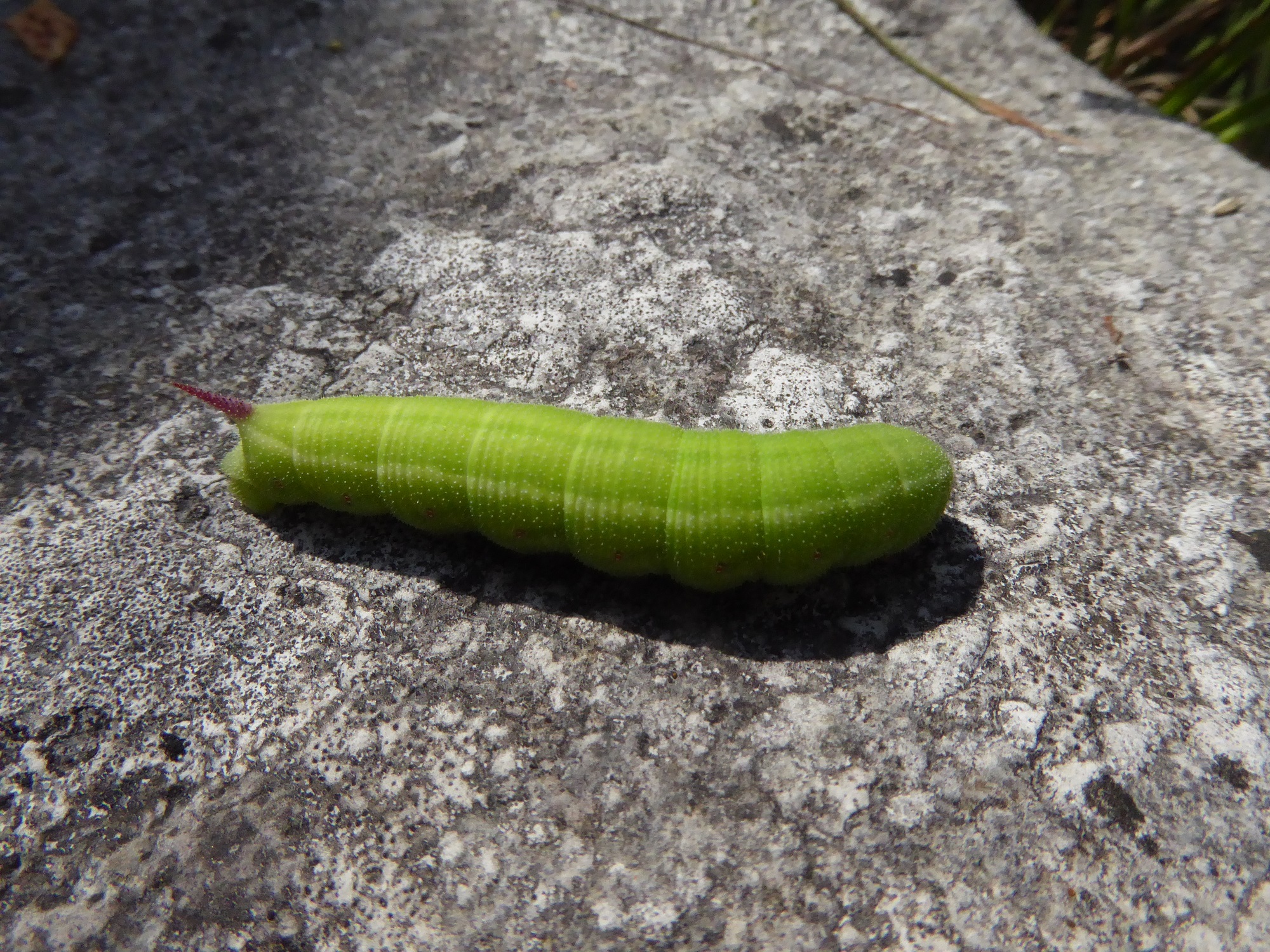Eden translates as delight. And this is what butterflies bring, especially to our intimate outdoor spaces. They bring personal excitement because for gardeners the boundary line between indoors and the great outdoors is blurred in the garden. The garden is a personal space, especially gardens that are secluded, private, personal havens where we can be ourselves, sometimes more than it is possible to be in the house because there we must toil. We must carry out the necessary tasks in the house. In the garden, we can choose to act or not.
In a garden to act is often to create. We can create living spaces for our fellow creatures, or choose not to. Yesterday, I spoke to a friend about his front garden. He had removed rather unkempt but Small Tortoiseshell bedecked lavenders with red-flowering begonias and a house geranium. I peered for a moment to assure myself that the new plants were not plastic.
“Why did you do that?” I queried, mystified because I know that he loved watching the tortoiseshells.
“Oh, the bees kept flying into the house”.
“You won’t have any more bees, don’t worry. What you put in here will not be touched by any bee or butterfly”.
In this case, the house has extended into the garden. The garden has become tame, a place where plants are cabinet or mantelpiece ornaments. There is little interaction now between man and nature, which has been discouraged.
Today, in many areas, butterflies are being rendered homeless. In the developed landscapes of our cities and towns as well as in the more sterilized intensively managed countryside we need to provide safe havens. Create opportunities for life to fill your garden. Butterflies can make your garden their home, with a little thought and the correct choices and actions. And there is the pleasure that grows from knowing that these butterflies, free though they are, are ‘your’ butterflies. You may even get to know individual butterflies. A kink in a wing and you know that you saw this one yesterday. Some butterflies pause for minutes but some stay for days, even weeks. One Common Blue remained in my garden for nearly a month. I said good morning to him each day until his time on earth was done. I miss him still.
Some butterflies seem to want to know you. From early July to late September each year, a small number of my garden’s Small Tortoiseshells enter my house to roost during wet weather or for the night. These stay inside for days when it is cold or raining, typically perched on a wall, ceiling or curtain until sunshine returns. Then he or she finds his or her way out through an open door or window. The occasional butterfly will roost in the house every night, leaving when it warms up the following morning. The Small Tortoiseshell is, of course, a species that passes the winter as an adult butterfly, so the individuals that come indoors regularly in autumn have already decided on their winter abode. Very occasionally, the Peacock butterfly will enter your house to stay for the winter.
Everyone knows that butterflies like nectar but not all flowers have this food. Select true species, avoid cultivars. Most lavenders contain nectar, so does Buddleia davidii, Common Knapweed, Common Marjoram, Common Fleabane, Purple Loosestrife, Water Mint, Red Clover, Common Bird’s-foot-trefoil, Devil’s-bit Scabious and Wild Angelica to name a mere handful of flowers. All easy to grow, all perennials, all sure to draw in lots of butterflies if planted in sunny, sheltered terrain. A nettle patch against a sunny hedge or wall for the Vanessids (Red Admiral, Peacock, Small Tortoiseshell, Comma) to lay their eggs on and you will have the butterflies using your garden as a breeding site too. If your hedge has Common Holly, Spindle. Common Buckthorn, Alder Buckthorn among the Common Hawthorn you will be likely to attract many moths and butterflies such as the Holly Blue.
Some ecologists scoff a little at gardens, dismissing these as poor substitutes for ‘real habitats’. This misses some crucial points. Gardens can be managed to suit butterflies in ways that many wild habitats cannot be, simply because of a lack of resources. Gardens can have a greater range of habitats crammed into small spaces than wild areas usually contain. Gardens mark the immediate interface between man and nature and being personal spaces, we are much more likely to take personal responsibility for what happens there. While gardens will never be habitats for the more localised, specialised butterflies and moths unless the gardens adjoin these habitats and might be considered part of them, a large proportion of our butterfly and moth species have been recorded in gardens. The more effectively the larger garden is managed for nature, the more attractive it becomes for butterflies and moths, and other wildlife.
Some of the rarer, more habitat specialist butterflies have been recorded in Irish gardens. These include the Brimstone, Silver-washed Fritillary, Green Hairstreak and Wall Brown. The Comma, a recent arrival still spreading from the south-east has already been spotted in Irish gardens. In the past two days, July 15th and 16th, I have seen Large Whites, Small Whites, Green-veined Whites, Small Coppers (three stubborn males bitterly contesting the same perch post on a Common Knapweed), Holly Blues, a Painted Lady, Small Tortoiseshell, Peacock, Meadow Browns and Ringlets in my garden. A few weeks ago, a Common Blue peppered the Black Medic plants pushing up through gaps in my patio stones with eggs, so I hope to see her offspring in August.
Gardens offer a great way of tracking the fortunes of our butterflies, particularly the widespread species. Get involved in our garden survey; here’s how to do this:
https://butterflyconservation.ie/wp/wp-content/uploads/2017/12/National-Garden-Butterfly-Survey.pdf.
See the advice on gardening for butterflies here: https://butterflyconservation.ie/wp/butterflies/gardening-for-butterflies/
Finally, gardening for butterflies encourages bees, grasshoppers, amphibians, birds – all of these groups can do with your care and concern.
Here are some butterflies in my garden. Why not entice them into yours?
